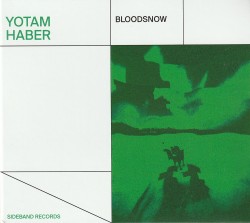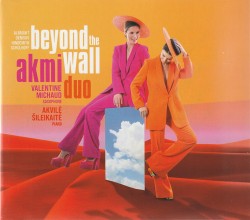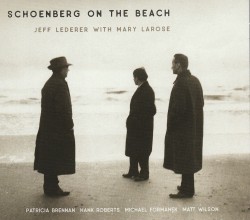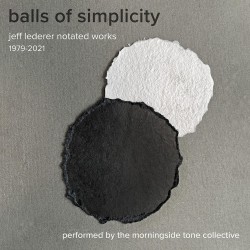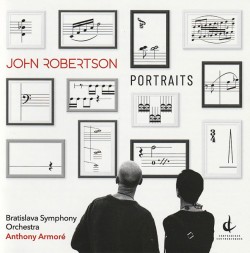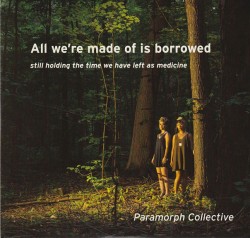Watch Over Us: Works for solo violin and electronics - Yvonne Lam
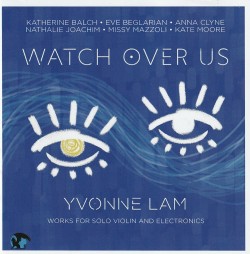 Watch Over Us – Works for solo violin and electronics
Watch Over Us – Works for solo violin and electronics
Yvonne Lam
Blue Griffin BGR647 (bluegriffin.com)
The music on this album plays as if it is written by the cool composers on the block. Add to that a notion of electronic tapes as an equal musical partner and we get an album that is beaming with fresh ideas, concepts and expressions that have an edge of contemporary life.
Missy Mazzoli, Katherine Balch, Nathalie Joachim, Anna Clyne, Eve Beglarian and Kate Moore bring a certain sort of energy and vigour to this album, one that is perhaps best described as creative confluence. These composers do not rely on traditional structure, preferring instead to forge their own, but certainly pay homage to masters of the past in various ways. Violinist Yvonne Lam is a thread that connects them all with the spirit of her performance. Lam is attuned to the intricacies of each compositional language and her interpretations have a mixture of sensibility and boldness that is rare. Above all, she brings forward the sonorousness that envelops and nurtures all the compositions.
From Rest These Hands (Clyne) that is beyond gorgeous in its sonority and melodies to Synaesthesia Suite (Moore), a concerto with a sci-fi edge for violin and synthesized violin, to Watch Over Us (Joachim), a piece that explores physical and symbolic aspects of water, the compositions here are innovative, edgy and immediate.


